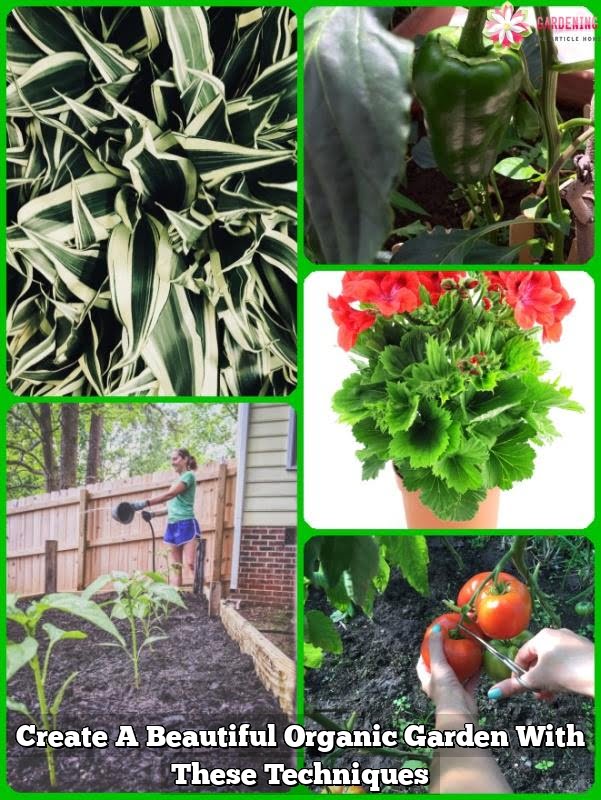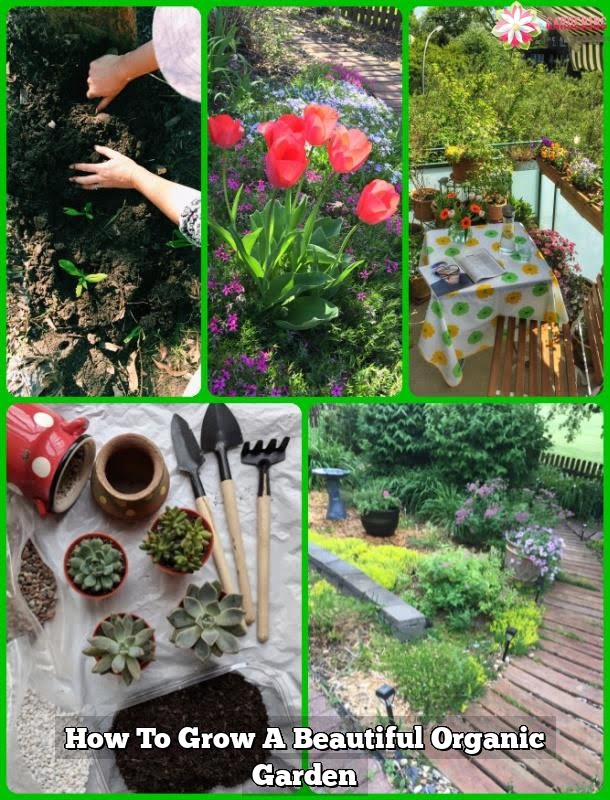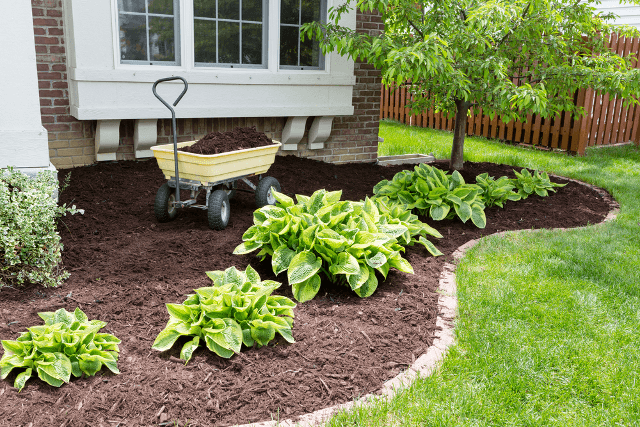Organic horticulture is a great way to grow your own food at home and relaxing activity in which anyone can participate. But, when a person begins organic gardening, the various challenges of horticulture can seem insurmountable.How then should someone who does not have any experience of growing plants?Read the information provided below, and follow the helpful advice.
This raises the chance that the plants growing until adulthood. It also lets you have tighter control over the planting periods between plantings. Your next crop of seedlings will be started and ready to be planted when you remove your last crop from the garden.
You don’t need a costly chemical solution to deal with powdery mildew on plants. Mix a little liquid soap and some baking soda into water. Spray this solution on plants once weekly until it subsides. This is a natural solution for ridding your plants and it will eliminate the mildew safely.
Pick the correct soil in order to get the best outcome. You can also make an artificial area with only one kind of soil.
You could also try to offend the cats sense of smell with orange rinds or placing citrus fruit peels around your garden.
Knee Pads
Get some gardening knee pads if you have low-growing plants. Having a good pair of knee pads will cushion your knees to provide additional comfort.
Try dousing weeds to get rid of them. The safest herbicide that you can use in your garden is a cup of boiling water. Boiling water can hurt the weed roots and can prevent them from growing.
A great garden must be grown from the seeds and not from the plants. The most “green” way to start a new garden is starting from seeds. The plastics used in nurseries are rarely recycled and ends up in landfills, that is why it is advised to use seeds or purchase from nurseries that make use of organic materials when packaging their plants.
Fertilizing your garden soil. Manure can be effective, but it needs to be combined with a synthetic compost to stop diseases from infecting your plants.
Choose a plant as a focal point of your garden. The best focal points are those plants that really stand out from the others around it.
During the hotter parts of the day, your vegetables become too soft, and even gentle harvesting will cause damage and bruising.
Bees like it because it gives them nectar in the spring.Heather beds are typically left untouched, because they don’t usually get bothered by human activity. Keep this in mind and always wear appropriate horticulture gloves.
It is essential to keep your knees when you garden. Many people can not bend over for extended amounts of time. Kneeling is a good way to reach plants easily and is healthier for your back stress. You can purchase an inexpensive kneeling pad for gardening in your knees.
The ambient temperate of a room with live plants should be kept between 65-75 degrees Fahrenheit during the day. The temperature needs to be this warm so they may grow. If you are not willing to keep your house that warm during winter, you can provide local heating for the plants with a heat lamp instead.
Some examples include ageratum and petunias. If you are wondering whether or not the seeds require direct sunlight, you can find out online or through the seeds’ package.
You can skip watering for an entire day if rain is on the pending weather.
Make you garden is diverse. The wider the variation of plants growing in your garden, the more wildlife will be around. Plant lots of plant types to create a natural environment. If you are able to achieve this, you will have a garden that is a pleasant place to be around and relax, and have satisfaction from helping the environment yourself.
This is organic gardening made easy. Plan your landscaping based primarily on native bushes, grasses and bushes when creating an organic garden. If you select plants able to thrive in your climate, weather requirements and plant interaction, you won’t need to do as much work to get the plants to coexist peacefully. Native plants will also reap the benefits of compost made compost.
An important tip for organic gardeners is to raise crops that costs a lot to purchase at the grocery store. The value of plants will be different for each person. You can actually save money by growing pricey plants and vegetables. Plant vegetable plants that you love to eat and enjoy the cost savings.
You can use materials found in most homes to put up a tent in your garden during winter. Then, throw sheets on top of them, and use some bricks to keep the edges held down.This is an inexpensive method of building tents in order for you to save your crops in the cold winter months.
Water plants with some rainwater to be a ‘green’ gardener. Using a special rain barrel or other workable container to capture rainwater can save money on monthly water bills, but you are using a natural resource as well.This is a great alternative to spending your money on water bills and makes the most of your garden even more natural.
The ground will still be relatively warm as compared to the cold air, and the plants will not have as many leaves to support, the root system can get all of the plant’s resources and create a strong foundation.
A lot of trees, shrubs, oranges, and yellows. The change in color happens as a result of the plants ceasing to produce chlorophyll, and other pigments appear to replace the green color. Some great shrubs to use are boston ivy, barberry, chestnut, and barberry.
Now you should be able to see why organic gardening can be such an enjoyable activity to participate in. It provides so much opportunity for relaxation in a soothing environment and so much reward when the garden flourishes. Using these tips, you can become an excellent organic gardener.

Welcome to my blog about home and family. This blog is a place where I will share my thoughts, ideas, and experiences related to these important topics. I am a stay-at-home mom with two young children. I hope you enjoy reading it! and may find some helpful tips and ideas that will make your home and family life even better!





